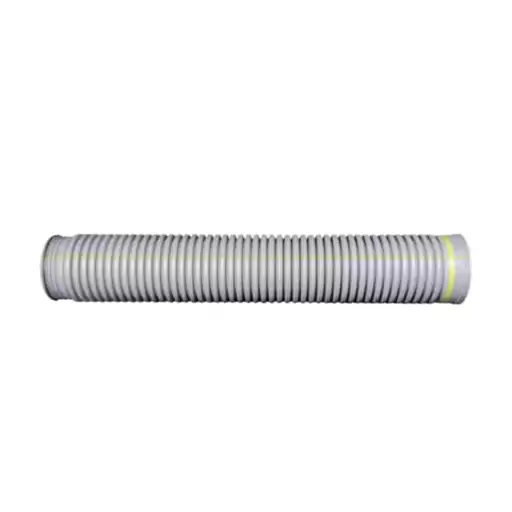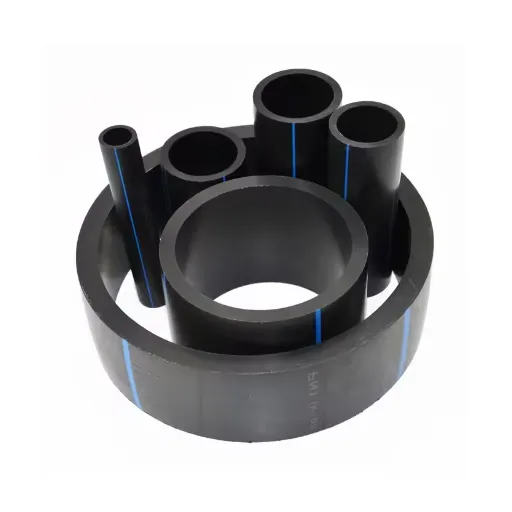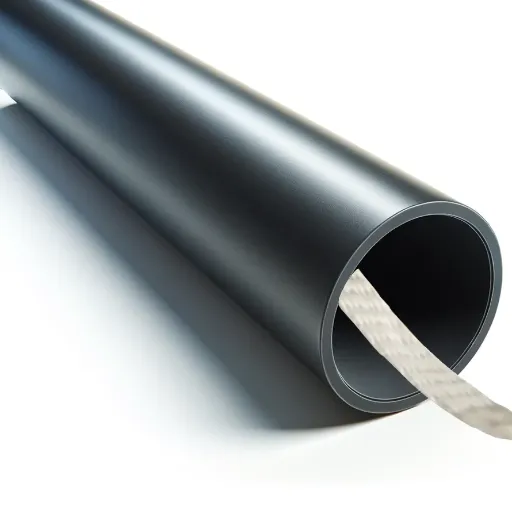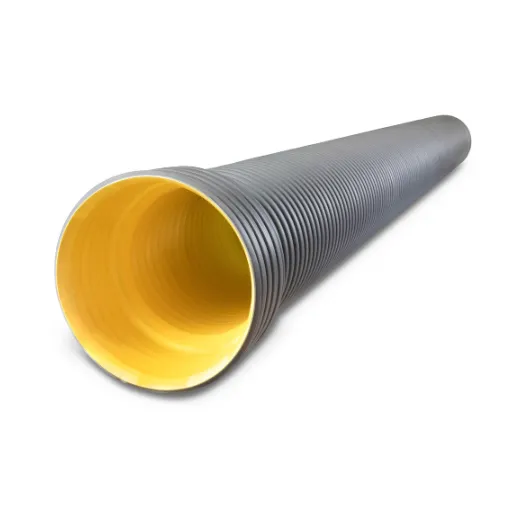Selection of the right piping material for infrastructure projects, industrial applications, or water-management systems usually comes down to the two main contenders: HP pipes and HDPE pipes. Both materials are known for their durability, selection, and serviceability for many years.
This article provides a deep analysis of the features, advantages, and disadvantages of HP pipes as compared to HDPE pipes—a detailed comparison to enable you to make an informed decision. Whether it’s the environment, cost-effectiveness, or performance that matters most to you, this guide will equip you with everything you need to know to feel comfortable with your decision.
Introduction to HP Pipe and HDPE
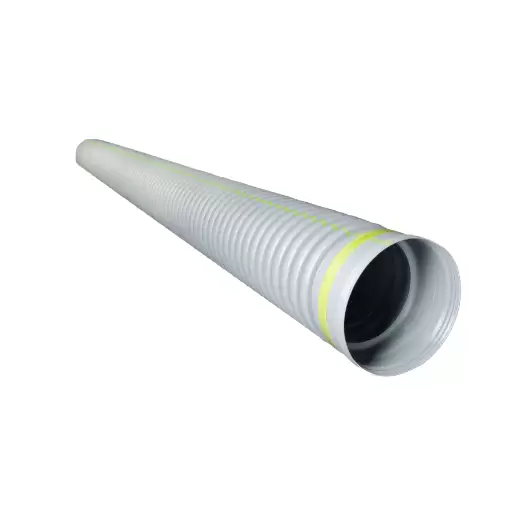
Overview of HP Pipe
HP pipes are designed for high strength, durability, and reliability while navigating unforgiving applications that come their way. They are usually made out of advanced materials capable of sustaining high pressures, severe temperatures, and adverse environmental effects. These pipes go well in construction, agricultural activities, and water management works, all requiring the utmost performance.
Key Features of HP Pipes: Corrosion and chemical degradation resistance are one of the outstanding properties of HP pipes. Unlike traditional pipes, they can handle numerous chemicals and abrasive materials without compromising the physical strength of their wall.
Also, HP pipes are valued because of their long service life and less maintenance requirements. In application, being robustly constructed, they hold out against degradation of their efficiency and functionality with time. HP pipes may be, however, a bit expensive upfront compared to some alternatives. If put into perspective, those fewer maintenance requirements and a longer lifecycle would translate into huge cost savings down the track.
Overview of HDPE Pipe
High-Density Polyethylene pipes are called so due to their ability to be used in a wide variety of applications efficiently, from water distribution to gas pipelines. HDPE pipes are considered good for use because of their excellent resistance to corrosion, their resistance to chemical effects, and environmental stress. This makes them suitable for long-term use in varying environmental conditions in industrial, irrigation, and infrastructure-related works.
One of the most attractive aspects of HDPE pipes is flexibility. This property allows pipes to accommodate movements in the ground and pressure changes without cracking or breaking. Being lightweight makes its transportation and installation easier, so that lesser costs are incurred in labor and equipment usage. HDPE pipes have a smooth inner finish, which ensures minimal fluid resistance; thus, the flow rates are maintained at a higher level, and also, blockage resistance is higher.
Environmental Benefits: Another advantage is that these are environmentally pleasing and sustainable. When used in green projects, HDPE pipes can be recycled and hence help reduce the carbon footprint. Their other attribute that adds to their cost-efficiency is the 50-year or above longevity under favorable conditions.
Importance of Choosing the Right Pipe Material
In selecting a pipe material, the greatest importance must be given to ensuring long-life expectancy, practicability, and operational efficiency of a piping system. This choice will definitely affect the ability of the system to withstand pressure, corrosion, and changes in its structure over time. Using the wrong material will require an abnormally high level of maintenance, thereby causing the breakdown of the system over time and threatening people’s lives.
What is observed from this analysis is that the final choice rests on particular applications, the types of liquids that are to be conveyed, and the ultimate cost factors. The right material ensures proper system performance while minimizing maintenance requirements and increasing the life expectancy of the installation.
Key Differences Between HP Pipe and HDPE
Material Composition and Physical Properties
HP pipes are made for carrying high-pressure fluids, and these can be made of alloy steel, carbon steel, or PVC. These materials impart great tensile strength to withstand operations requiring heavy pressure, such as industrial or hydraulic applications. Being HP pipes, they are further designed to resist environmental stresses such as temperature changes and corrosion so that they can be put to use for critical processes.
Second, high-density polyethylene pipes are in a thermoplastic polymer with a high strength mean density ratio. Giving HDPE pipes flexibility, having a lightweight structure, combined with excellent impact and chemical resistance. Unlike HP pipes, HDPE pipes are generally suitable for transporting fluids under relatively low pressure or in large-scale piping systems such as water distribution and irrigation.
Performance Under Pressure
In evaluating piping materials, pressure performance forms a very significant criterion, the incompatibility of which may rule out their use in a number of different applications. High-pressure pipes are best known for being able to withstand great internal pressure without deformation or leaking and are therefore highly suited for industrial and high-pressure water installations.
Pressure Specifications:
- HP pipes: Can achieve up to 300 PSI, depending on material composition and wall thickness
- HDPE pipes: Designed for up to 160 PSI pressures, with excellent surge pressure absorption due to flexibility
Service Life and Durability
Under typical application conditions, HDPE piping systems can last for more than 50 years, making them extremely durable and inexpensive industrially. The resistance to corrosion, to chemical abrasion, and to environmental factors such as UV radiation greatly facilitates the longevity.
With the latest advances in production methods, even greater durability of the HDPE materials is obtained. In contemporary HDPE materials, additives are included against oxidative degradation, with the assurance that the properties will hold for a long time. Tests have shown that HDPE pipes function excellently in pressure applications, with virtually no concern over material fatigue or material failure.
Applications of HP Pipes and HDPE Pipes
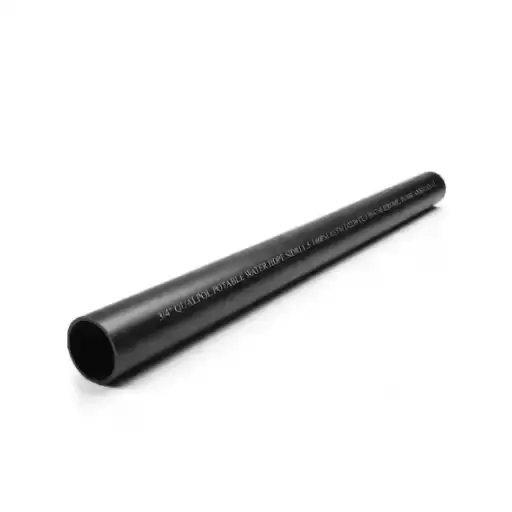
Typical Uses in Drainage Systems
HDPE pipes find diverse applications in modern drainage systems, offering durability, flexibility, and resistance to chemical and environmental stress. The following are common applications:
- Stormwater Management: HDPE pipes resist corrosion and are thus ideal for stormwater runoff management, with long life expectancy. These pipes can convey massive amounts of water effectively, thus preventing urban flooding.
- Sewage Systems: These pipes find extensive use in industrial and municipal sewage systems due to their resistance to wastewater and chemical corrosion.
- Land Drainage: These pipes are principal drainage agents for agriculture and landscaping by channeling excess water away from fields and thus preventing erosion and maintaining soil integrity.
- Subsurface Drainage: With a good strength-to-weight ratio and corrosion-free, HDPE pipes are suitable for subsurface drainage under highways and railways and for protecting the subgrade from water accumulation.
- Retention and Detention Systems: These HDPE pipes are largely used in water retention and detention systems that store and release stormwater through slow drainage to support sustainable drainage designs and water management goals.
Comparative Advantages in Different Environments
Because of their characteristics of long life, versatility, and efficient water management, HDPE pipes offer another selection of relative advantages when employed under different environmental conditions:
- Corrosion Resistance: The HDPE pipes are very corrosion resistant when compared to conventional materials such as metals or concrete, thus ideal for use in environments afflicted with either acidic or alkaline soils. With its corrosion resistance, the service life of an HDPE pipe lasts longer, with proper installation and operating conditions ensuring a life expectancy of 50 years.
- Flexibility and Crack Resistance: Their greatest attribute being flexibility, HDPE pipes are fit for usage where earthquakes or other ground disturbances may occur. They do not crack under ground movement and thus retain performance, saving the cost of repeated repairs and replacements.
- Lightweight and Easy Installation: Lightness is a distinguishing factor that facilitates transport and installation, especially in far-flung areas or terrains. Installation time reportedly has been cut short by 25-30% by construction teams working with HDPE pipes when compared with using concrete pipes.
- Eco Friendliness: Being recyclable and chemically inert, HDPE pipes are indeed an environmentally friendly option for drainage systems. This makes the pipes favorable in urban settings, favoring sustainable infrastructure development.
- Better Hydraulic Performance: Being smooth inside, the HDPE pipes help reduce friction to a minimum to optimize the flow efficiency. In drainage systems requiring large volumes of water, this is particularly important on a large scale for expense consideration in urban and rural projects.
Installation Considerations for HP Pipe vs HDPE

Best Practices for HDPE Pipe Installation
Proper installation of HDPE pipes is important for optimal functioning, long life, and utility efficiency. Below are key considerations:
- Site Preparation: The installation site should be graded properly, ensuring it is free from debris and stable enough so it does not encourage the movement or damage of the pipe during and after installation. The trench walls should be inclined or shored appropriately, depending on soil conditions and depth.
- Handling and Storage: HDPE pipes should be treated gently to prevent any surface abrasions, scratches, or cuts. When lifting the pipe, it is preferable to use slings instead of chains. Store these pipes in a flat area that is shaded to prevent exposure to the sun for extended periods.
- Fusion Joining Techniques: The techniques for fusion joining are primarily butt fusion and electrofusion. Operators undergoing either should be formally trained and certified, and strict maintenance of temperature and other pressure controls must be enforced to ensure good, leak-proof joints.
- Thermal Expansion and Contraction: Flexibilities should be accounted for when designing for the thermal expansion property of an HDPE pipe, or an expansion loop might be installed in the piping system. Proper anchoring will help contain the movement of pipes due to temperature change.
- Bedding and Backfill Materials: Choose bedding that gives uniform support to the pipes; common materials include gravel or sand. From the backfill material, exclude any objects that are large and sharp, as they can damage the pipe. Backfills must be compacted in layers to give support.
- Pressure Tests and Inspections: Pressure tests, either hydrostatic or pneumatic, are to be conducted after installation to verify pipe joint and connection integrity. Regular inspections help in early identification of issues, thereby maintaining the system’s reliability.
Challenges in HP Pipe Installation
Installation of HDPE pipes poses obstacles despite the many advantages of HDPE pipes, such as flexibility, durability, and corrosion resistance. Common challenges include:
- Fusion Joint Issues: Fusion welding is a must to form leak-free joints, but failure to maintain proper temperature, alignment, or timing may cause weak joints that will fail.
- Temperature Variations: High or low temperatures cause expansion or contraction of HDPE pipe, thus affecting installation accuracy and its performance in the long run.
- Handling and Transportation: Although HDPE pipes are lighter than their traditional counterparts, they can sustain damage through improper loading, offloading, or storage, which in turn affects their structural integrity.
- Site Conditions: Trench excavation or pipe alignment may be complicated with rocky terrains or any other hindrance.
- Workforce Training: Lack of training or experience among the workforce involved in the HDPE installation procedures can create errors that will jeopardize the reliability of the system.
Tools and Techniques for Efficient Pipe Installation
The smooth installation of pipework would require modern tools, advanced techniques, and ensuring accuracy and durability:
- Hydraulic Pipe Fusion Equipment: Essential for joining systems that allow for the creation of strong and leak-proof joints in HDPE piping. These tools generate consistent heat and pressure for perfect heat fusion.
- Trenchless Installation Methods: Such as horizontal directional drilling (HDD) and pipe bursting, gaining prominence with the advantage of limiting surface disruption and reducing project timelines.
- Laser-Guided Leveling Systems: Assure proper alignment and slope of the pipes, critical factors for efficient fluid flow.
- Digital Monitoring Systems: GPS-enabled mapping tools provide added accuracy and quality, allowing for real-time tracking of pipe placement.
Comparison of Physical Properties
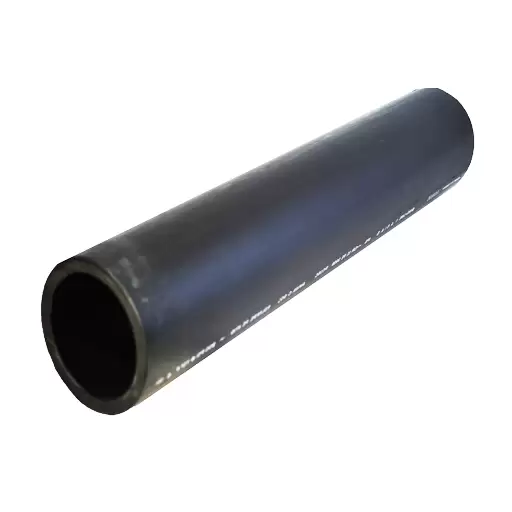
Cost Analysis of HP Pipe vs HDPE
HP pipes have an initial capital expenditure; however, they feature a long life. On the other hand, HDPE pipes are relatively inexpensive at the expense of cheap installation.
| Key Point | HP Pipe | HDPE Pipe |
|---|---|---|
| Initial Cost | Higher | Lower |
| Installation | Complex | Easier |
| Durability | High | Moderate |
| Flexibility | Low | High |
| Maintenance | Low | Moderate |
| Lifespan | Long | Long |
| Weight | Heavy | Light |
| Environmental Impact | Moderate Impact | Low Impact |
Durability and Service Life
The material, working environmental conditions, and installation quality are important contributing factors as the durability and life of pipes are considered. Present-day materials like high-density polyethylene (HDPE), ductile iron, and advanced polyvinyl chloride (PVC) are remarkably resistant to environmental wear and chemical breakdown.
Service Life Expectations: Studies have shown that HDPE pipes, if installed correctly, may have a service life as long as 100 years, thus minimizing frequent pipe replacements.
Flexibility and Installation
Flexibility of piping will vary while intended for quite different applications. Pipes of today are engineered to resist environmental stress, structural movement, or temperature change, so they can be popular in any domain. Materials like polyethylene and PVC have seen their rise in demand due mostly to the inherent flexibility they offer.
Installing the system is said to have been made an easy process because of such developments in pipe technology. Better joining means and methods include mechanical fittings, fusion-weld-type, and even push-fit systems, which make an installation faster and more reliable while reducing the chances of leakage.
Frequently Asked Questions (FAQ)
References
- Long-term testing methods for HDPE pipe-advantages and disadvantages: A review
This article reviews methods for predicting the lifetime durability of HDPE pipe. - Study on the mechanical responses of plastic pipes made of high-density polyethylene (HDPE) in a water supply network
The paper covers a study of the mechanical behavior of HDPE pipes in water supply systems. - Contaminant diffusion, solubility, and material property differences between HDPE and PEX potable water pipes
This article compares some chemical and material property issues of HDPE and PEX pipes.



